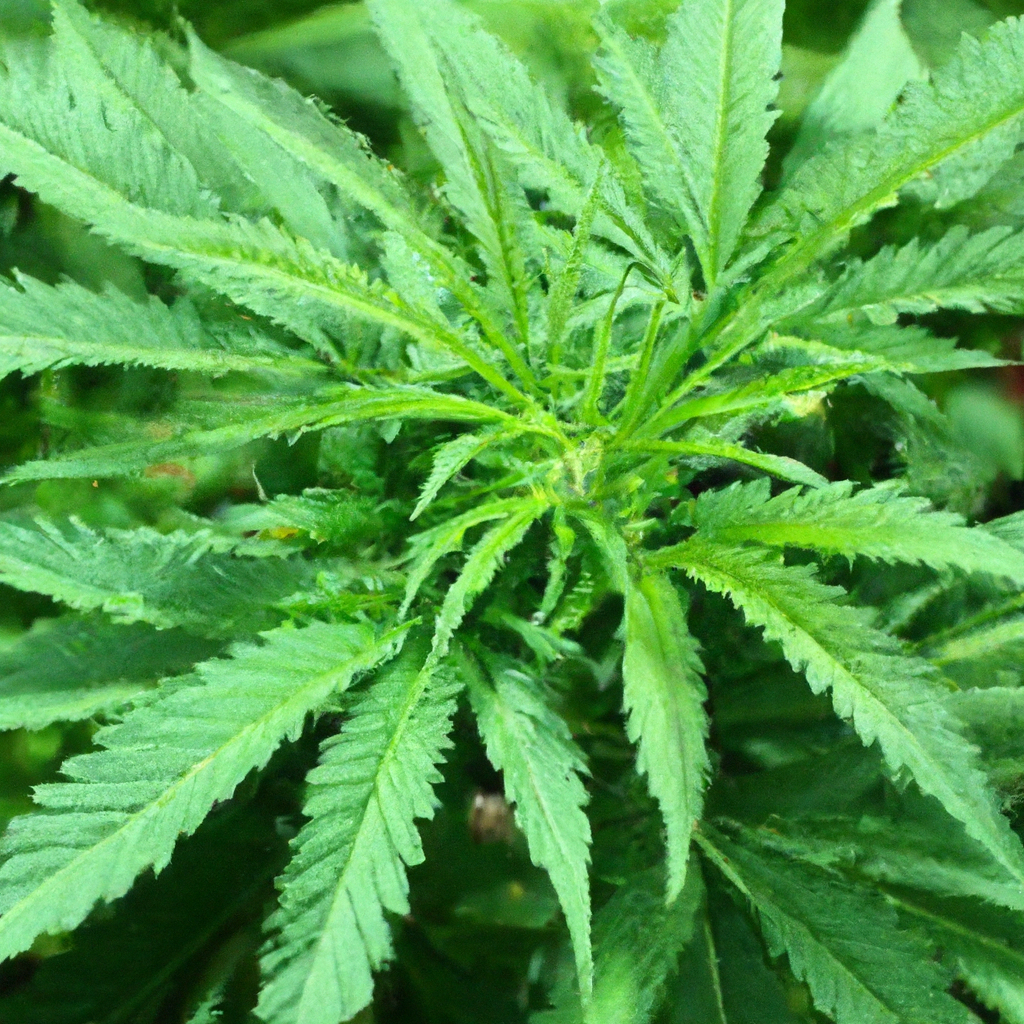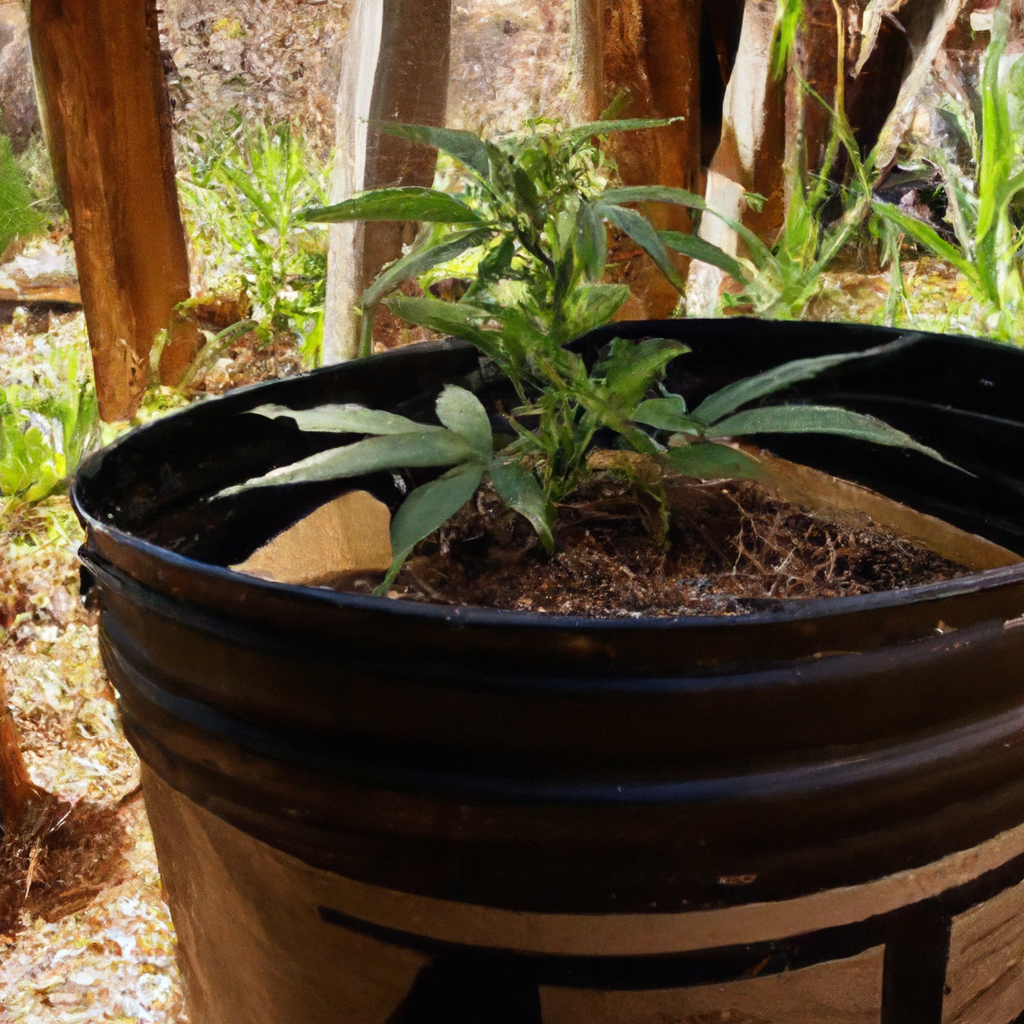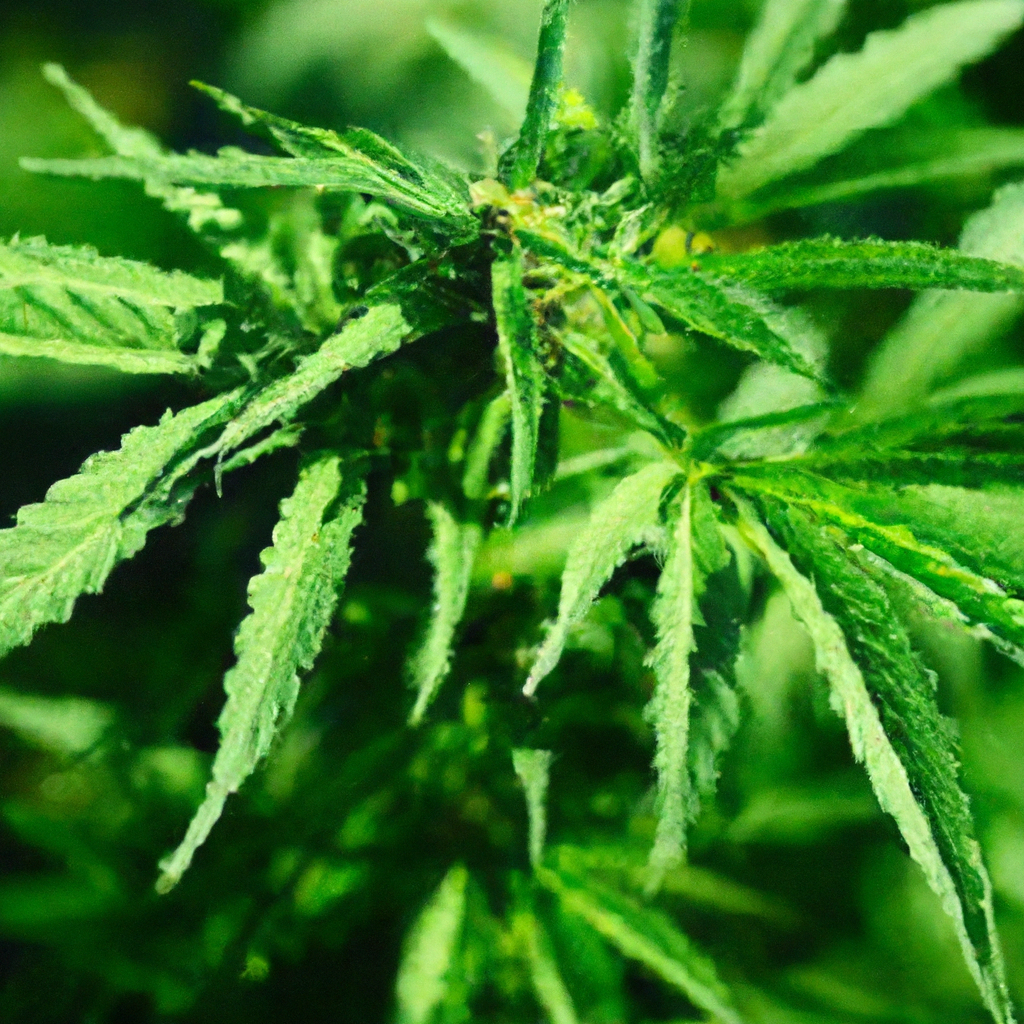Your cart is currently empty!
Tag: Compost

The cannabis industry’s growth has heightened the demand for sustainable cultivation methods. This article delves into organic cannabis practices, emphasizing natural fertilizers, composting, and pest control. Key strategies for building healthy soil include composting organic waste, using cover crops, and applying organic mulch. For natural pest management, companion planting and beneficial insects play a vital…

Embarking on organic cannabis cultivation involves embracing a holistic approach with natural fertilizers, vibrant soil ecosystems, and sustainable pest control methods. This not only benefits the environment but also enhances the quality of cannabis, offering consumers a cleaner product. Central to this is creating healthy soil using composting, crop rotation, and beneficial microbes. Choosing fish…

Discover the environmentally friendly benefits of organically grown cannabis with this guide to organic cultivation. Learn how to build a thriving soil ecosystem using composting, cover crops, and mulching. Explore the use of natural fertilizers like worm castings, bone meal, and seaweed extract to nourish plants without synthetic additives. Implement effective organic pest control through…

Organic cannabis cultivation emphasizes sustainability and health by using natural techniques to minimize environmental impact and appeal to eco-conscious consumers. This guide outlines natural practices such as composting, cover crops, and soil amendments to create a healthy soil ecosystem, along with natural fertilizers like fish emulsion and bone meal. It also covers eco-friendly pest control…

In the cannabis cultivation community, organic growing has become a key focus for enhancing sustainability and produce quality. This approach centers on building vibrant soil ecosystems through composting, cover crops, and mulching, and replacing synthetic fertilizers with natural alternatives like fish emulsion and bone meal. Pest control relies on beneficial insects, neem oil, and companion…

Growing cannabis organically is a commitment to quality and environmental responsibility. By using natural fertilizers, compost, and eco-friendly pest control, you can produce healthier plants while reducing your environmental impact. This guide offers best practices for organic cultivation, emphasizing the importance of building a healthy soil ecosystem and avoiding synthetic chemicals. Benefits include reduced pollution,…

The demand for organic cannabis is growing as consumers recognize the environmental and health benefits of natural cultivation. Embracing organic practices enhances plant flavor and potency while promoting ecological balance. Key strategies include building robust soil ecosystems using compost and mulch, opting for natural fertilizers like worm castings and bone meal, and applying eco-friendly pest…

With the rising demand for environmentally friendly cannabis, more cultivators are adopting organic growing practices. This approach ensures sustainability and enhances cannabis quality and potency. Key methods include building healthy soil through composting and cover crops, using natural fertilizers like fish emulsion and bone meal, and implementing eco-friendly pest control with beneficial insects and neem…

As the cannabis industry expands, so does the need for eco-friendly cultivation. Organic cannabis cultivation benefits ecosystems, growers, and consumers by using sustainable methods like natural fertilizers, composting, and pest management. Healthy soil is crucial, nurtured with compost and fertilizers such as fish emulsion and kelp. Integrated Pest Management (IPM) promotes plant health using beneficial…
In cannabis cultivation, sustainability is key to success, and effective recycling techniques can enhance plant health, cut costs, and benefit the environment. Composting organic waste, like plant trimmings and kitchen scraps, enriches soil, while recycling water runoff through closed-loop systems conserves resources. Reusing growing mediums by amending old soil saves money and reduces waste, and…
